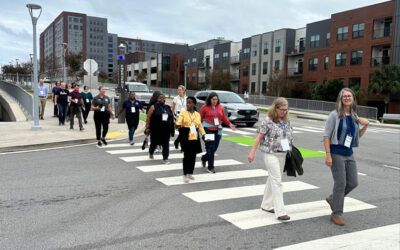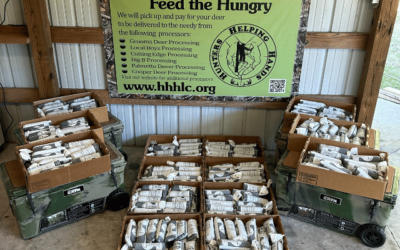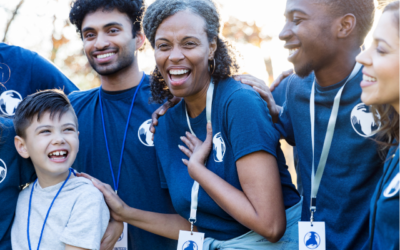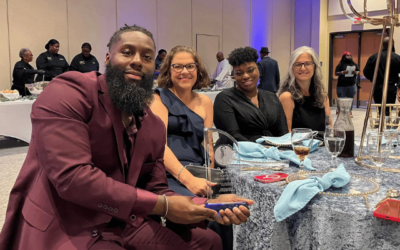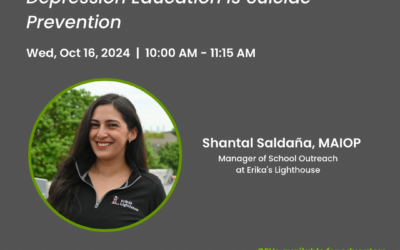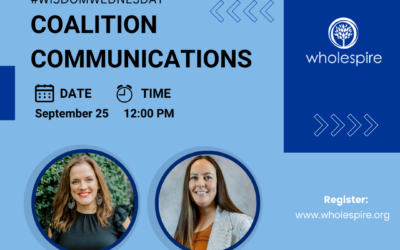https://youtu.be/cJqEStYjHZ4 YouTube link to the recording of the January 15, 2025 webinar titled "Collaboration Across Generations" with speaker Alexis Bailey.
park/playground improvements
Increasing coordination of walkability and active transportation efforts in South Carolina
Statewide active transportation and mobility workshop encourages a unified, multi-sector approach to community design and improved health outcomes.
Deer hunters are bridging a food insecurity gap through donations
Lowcountry deer hunters are opening their hearts and donating venison to community food banks in an effort to address food insecurity.
9 ways to change the health of a community
The health of a community can depend on the civic participation of community members in the decision-making process. There are a wide range of activities that foster community well-being, strengthen democratic institutions, and empower people to make a difference....
The HYPE Project® honored with Empowering Justic Stellar Award
The Empowering Justice Charitable Foundation chooses Wholespire and The HYPE Project for its annual award.
Family Engagement
https://youtu.be/PRJ_IxOY-LE
Growing Little Minds for Healthy Futures
https://youtu.be/gKScu7_iQ88
Depression Education is Suicide Prevention
https://youtu.be/a_8_a7iQCZ0
Coalition Communications
https://youtu.be/6GnmoTgkYpM


